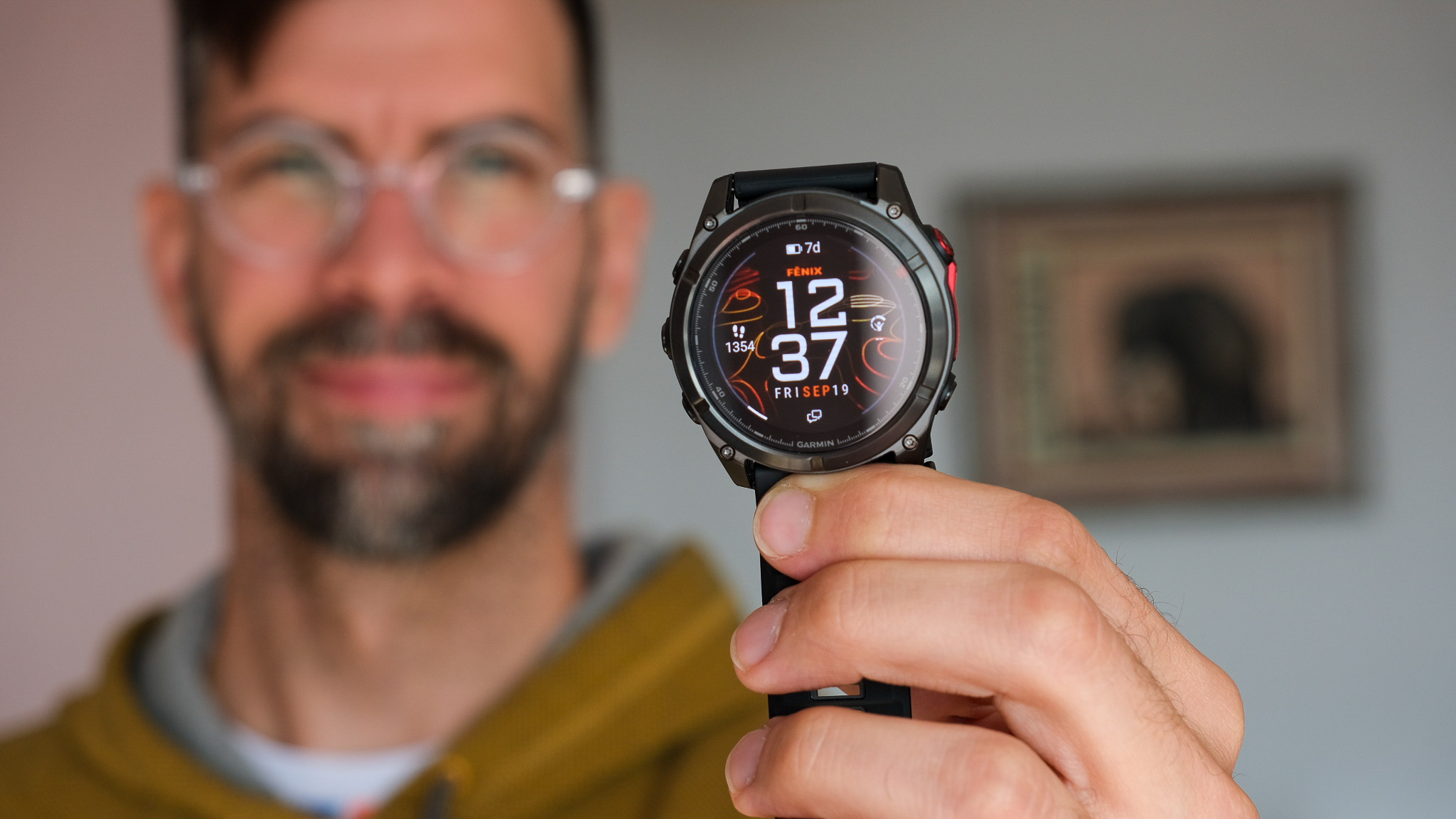Active
The latest Active breaking news, comment, reviews and features from the experts at T3
Explore Active
-
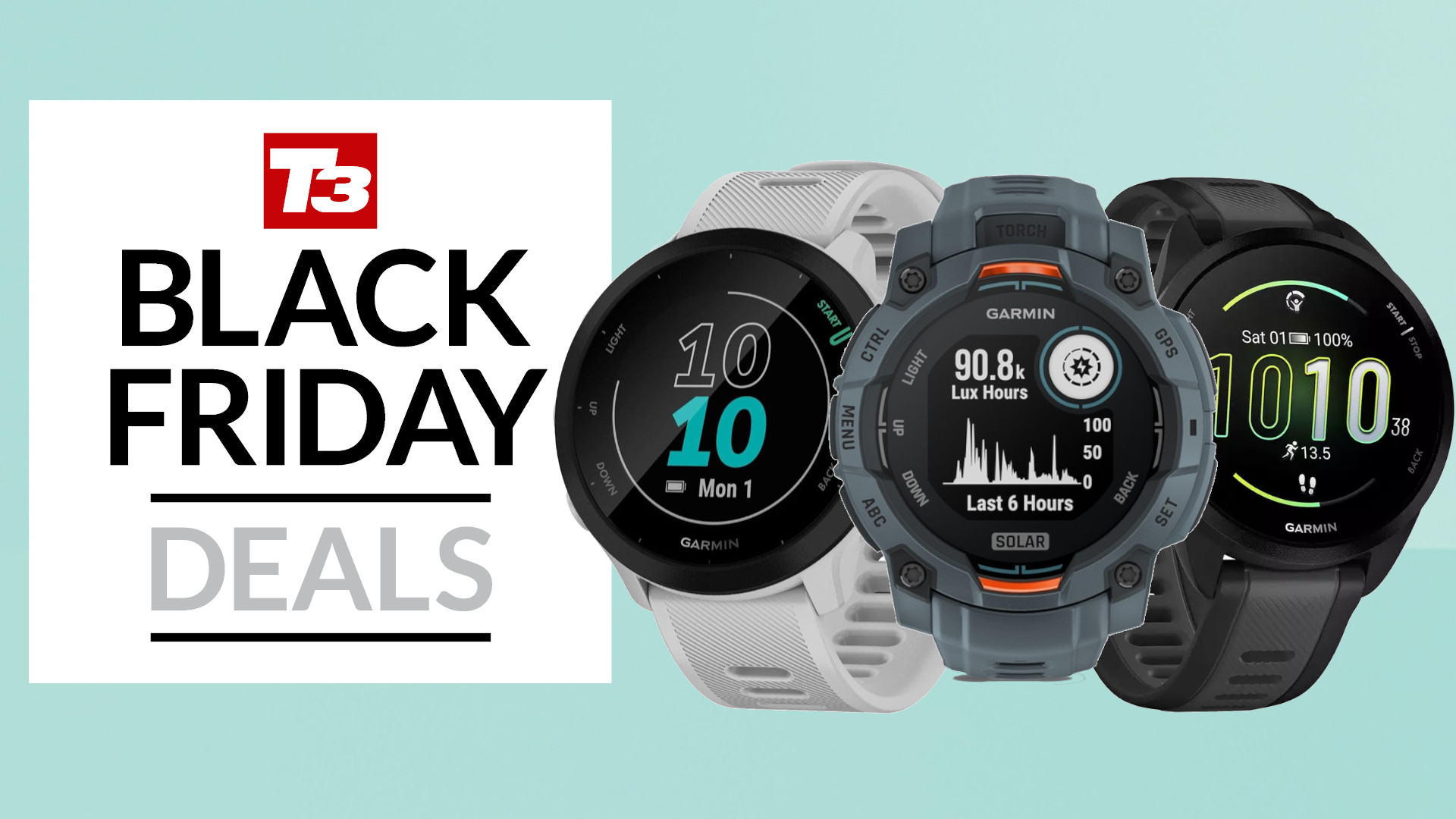
Best Black Friday Garmin deals 2026: major smartwatch savings on Forerunners, Fenix and more
Don't miss these unmissable Black Friday Garmin deals from all the top retailers
By Bryony Firth-Bernard Published
-

Forget smart rings – "World's smallest wearable" can track your wellbeing in your ears
Lumia 2 smart earring can track your sleep, temperature, menstrual cycle, and readiness
By Matt Kollat Published
-
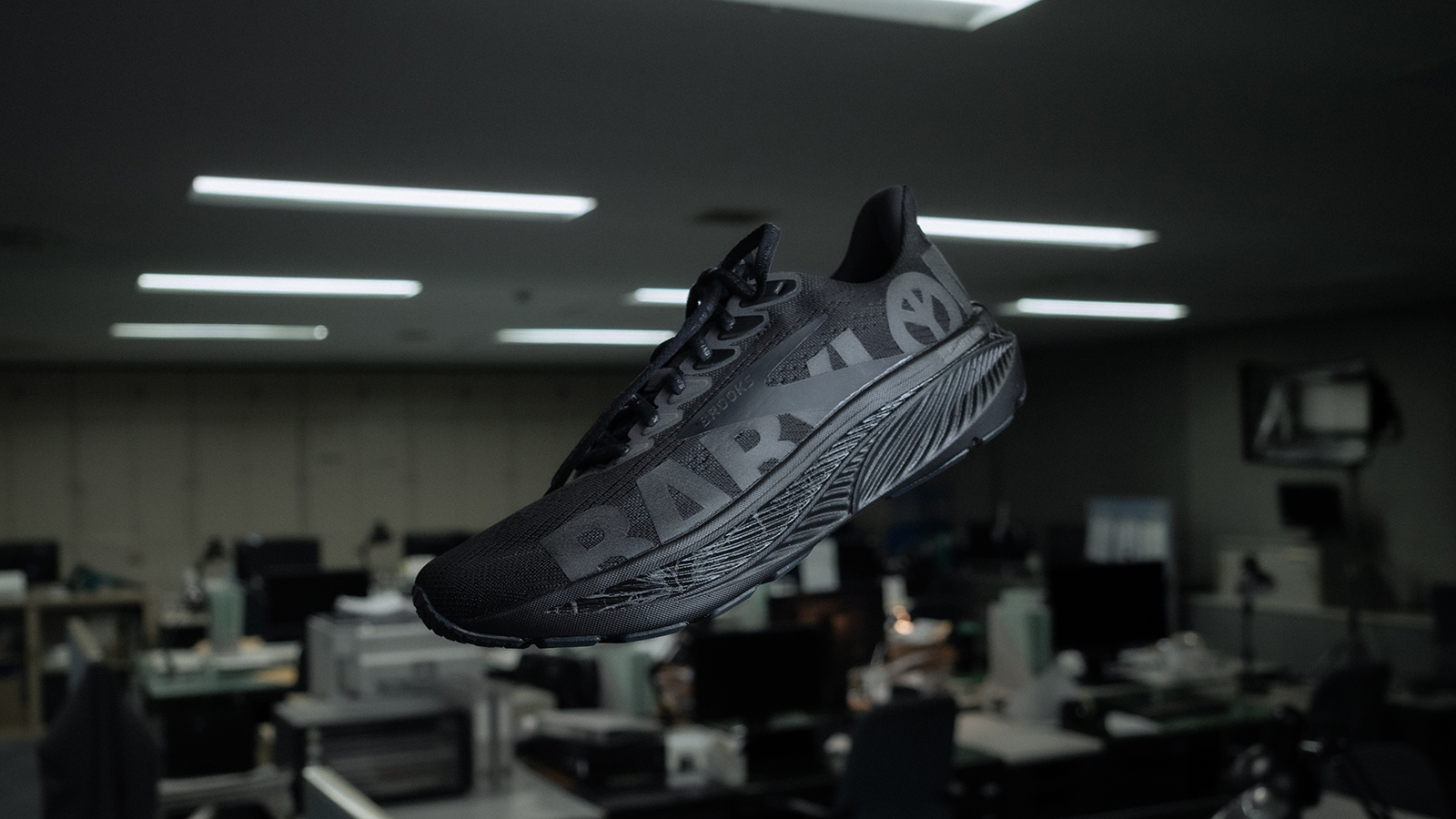
Brooks just punked up its most dependable running shoe and I can’t stop staring at it
The Ghost 17 has never looked more rebellious
By Matt Kollat Published
-

The best Black Friday fitness deals week 2: from fitness trackers to sports shoes and more
Refresh your workout wardrobe, upgrade your home gym and boost your performance with these top Black Friday offerings
By Bryony Firth-Bernard Published
-

Patagonia's "perfect layer for early-morning walks" is incredibly cheap for Black Friday
The Retro Pile Marsupial Fleece is 30% off at Cotswold Outdoor
By Matt Kollat Published
-

A top strength coach shares three simple bodyweight exercises to help fix knee pain
No equipment needed or skill, just a little space and 10 spare minutes each week
By Bryony Firth-Bernard Published
-

Ultra rugged AMOLED Garmin Fenix 8 gets a tasty price cut right before Black Friday frenzy kicks off
You can get what many consider the most advanced rugged smartwatch on the market for less this Black Friday
By Matt Kollat Published
-
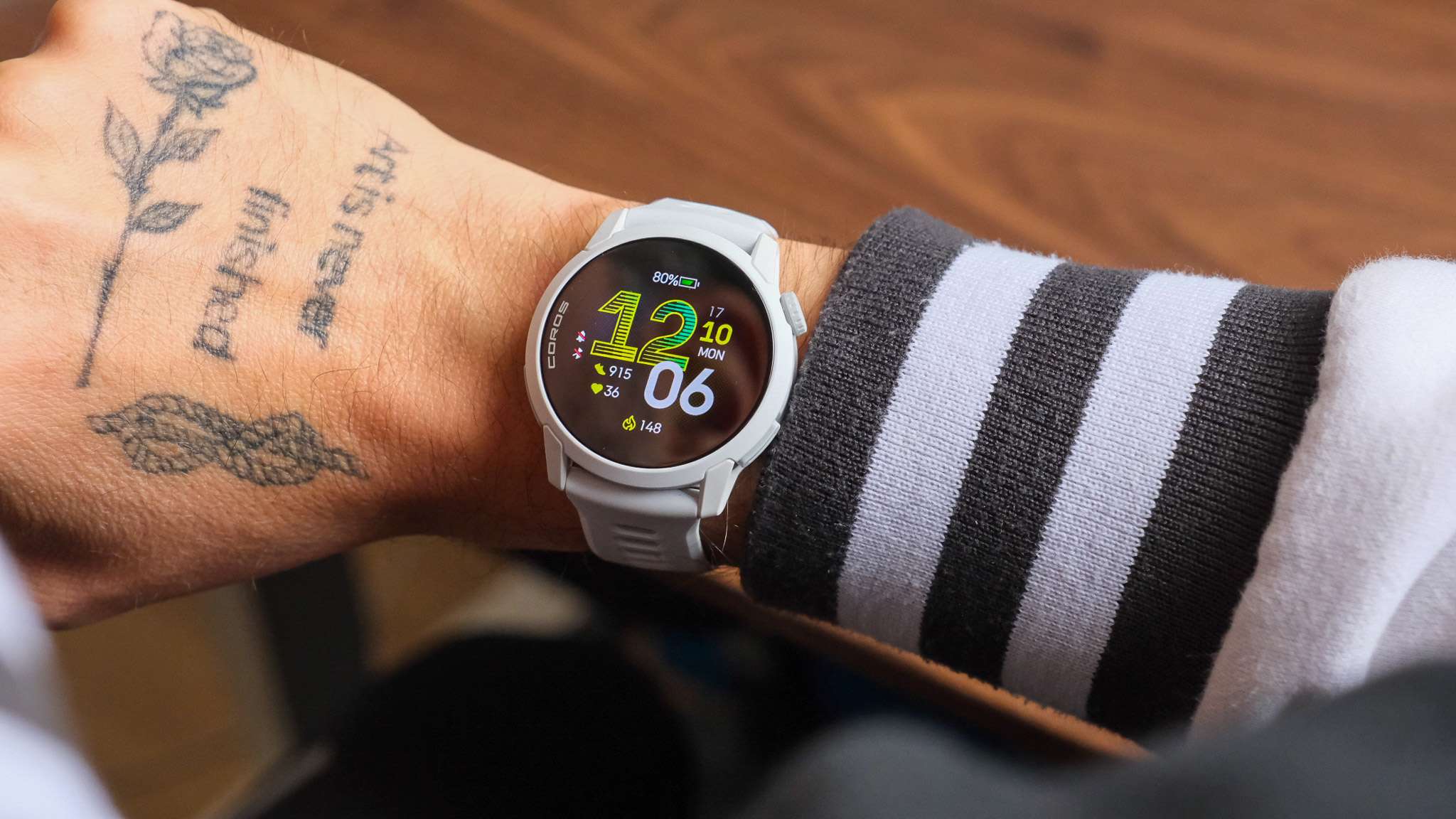
Coros Pace 4 review: The lightweight AMOLED running watch that outperforms its price
A featherlight AMOLED running watch with superb accuracy and exceptional battery life for the price
By Matt Kollat Published
-

This Victorinox Black Friday deal is the perfect stocking filler and costs less than £30
Victorinox started its Black Friday deals, and the offers are enticing
By Matt Kollat Published
-

The best Fitbit for first-time fitness tracking just dropped to its lowest price for Black Friday
The Inspire 3 is now less than £55
By Bryony Firth-Bernard Published
-

An exercise scientist reveals how to build a massive back using this one piece of equipment
No dumbbells or machines required
By Bryony Firth-Bernard Published
-

Quechua Arpenaz 0° Ultim Comfort review: The comfiest cotton sleeping bag for car campers
The rectangular Quechua Arpenaz 0˚ Ultim Comfort is a top choice for spacious cosiness when the temperature drops
By Derek Adams Published
-

Trailberg’s new Thermore jackets turn plastic waste into serious winter warmth
Lightweight warmth meets recycled tech in Trailberg’s new Vision and Canyon jackets
By Matt Kollat Published
-

A top strength coach ranks the best to worst chest exercises – the best one might surprise you
Jeff Cavaliere reveals what his least favourite and go-to exercises are for bigger pecs
By Bryony Firth-Bernard Published
-
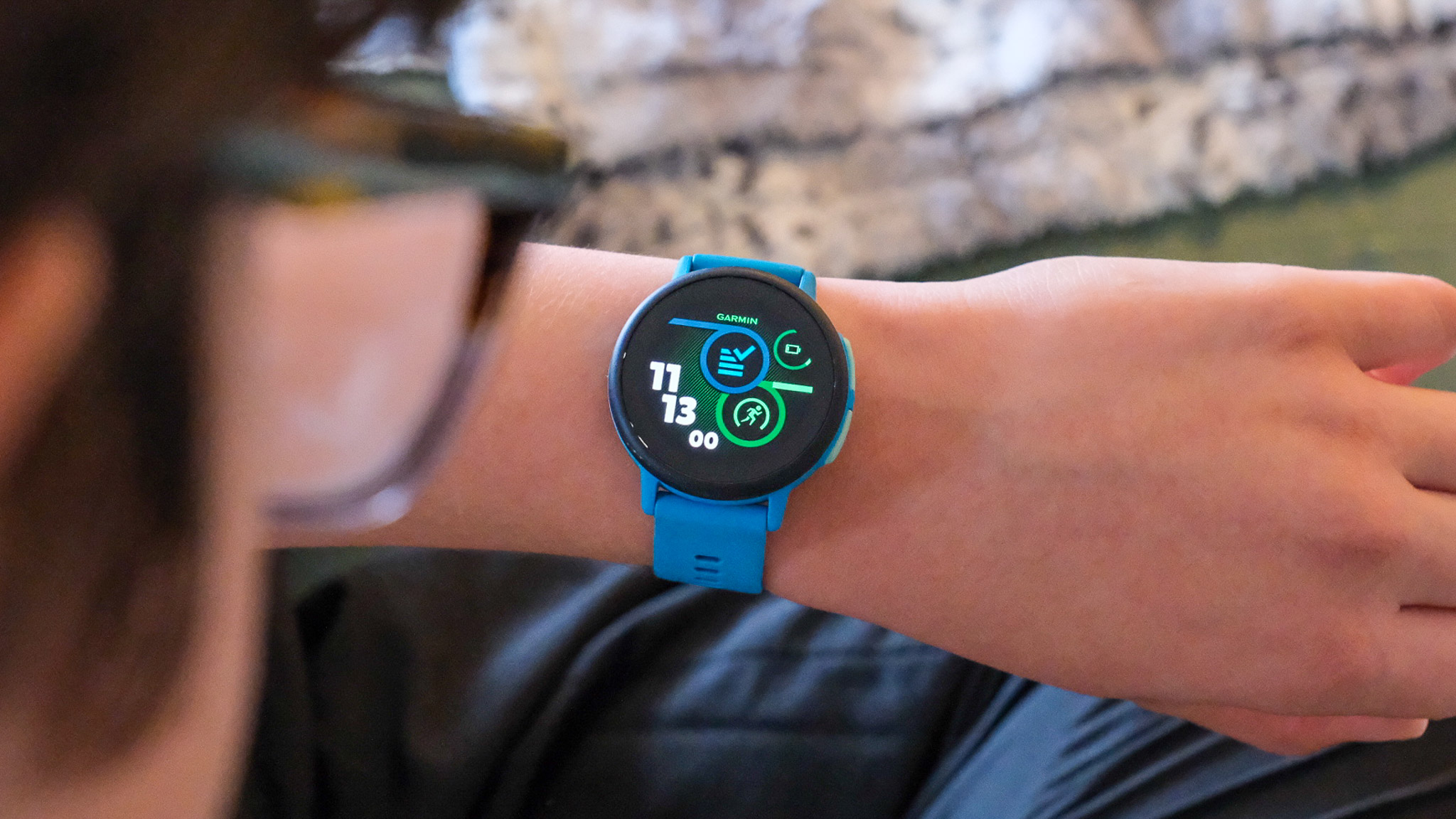
Garmin Bounce 2 review: a pricey but clever smartwatch for younger kids
Garmin brings its fitness know-how to the playground with a watch that kids actually enjoy wearing
By Matt Kollat Published
-

Decathlon made a space suit no one saw coming – and it takes under 2 minutes to put on
A consumer sports brand helping shape Europe’s next-generation astronaut equipment wasn’t on anyone’s bingo card for 2025, yet here we are
By Matt Kollat Published
-
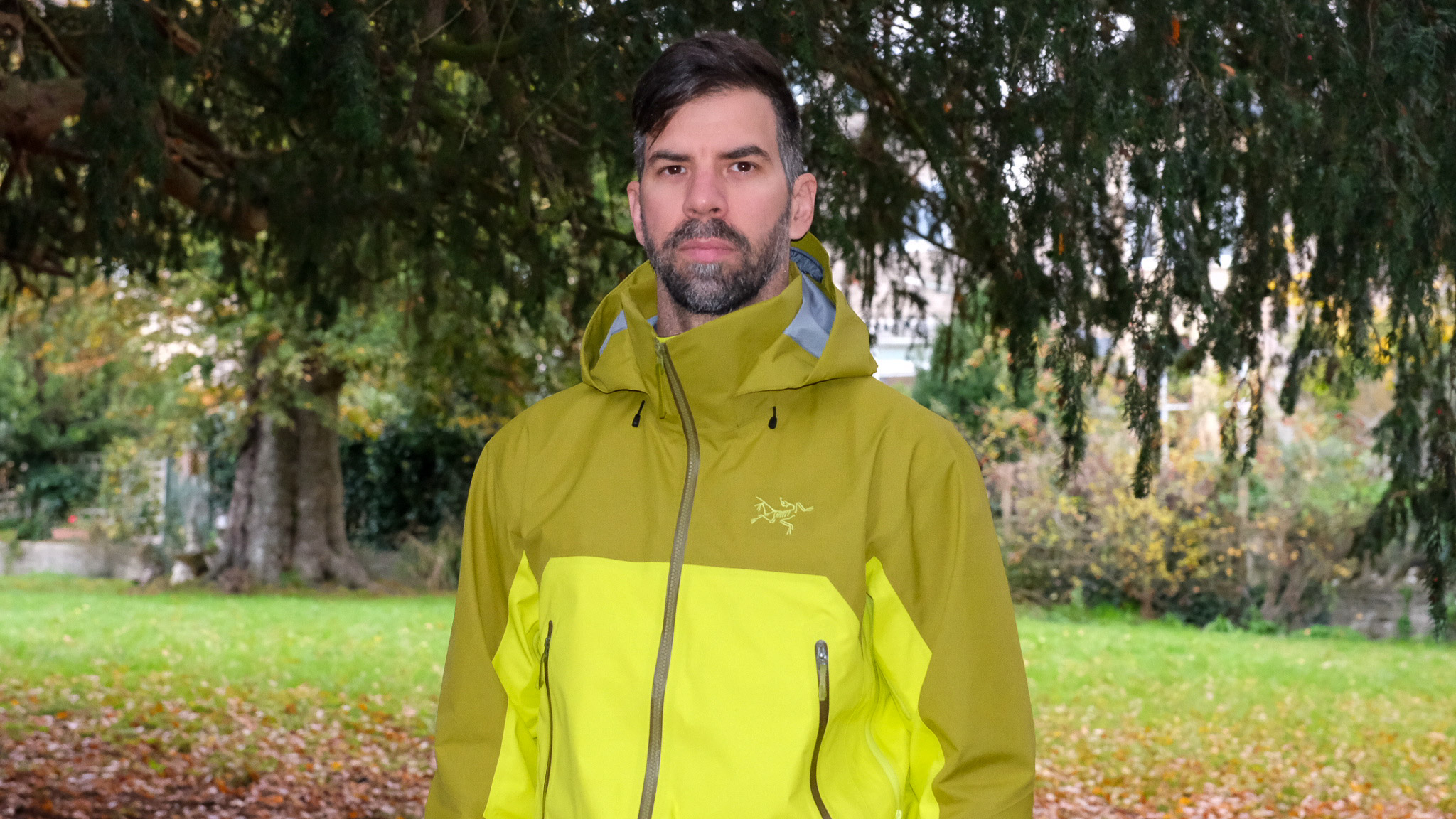
Arc’teryx Beta AR (2025) Jacket review: Iconic mountain shell gets a major upgrade
Arc’teryx’s flagship mountain shell returns with a new membrane, smarter patterning and serious all-weather performance
By Matt Kollat Published
-
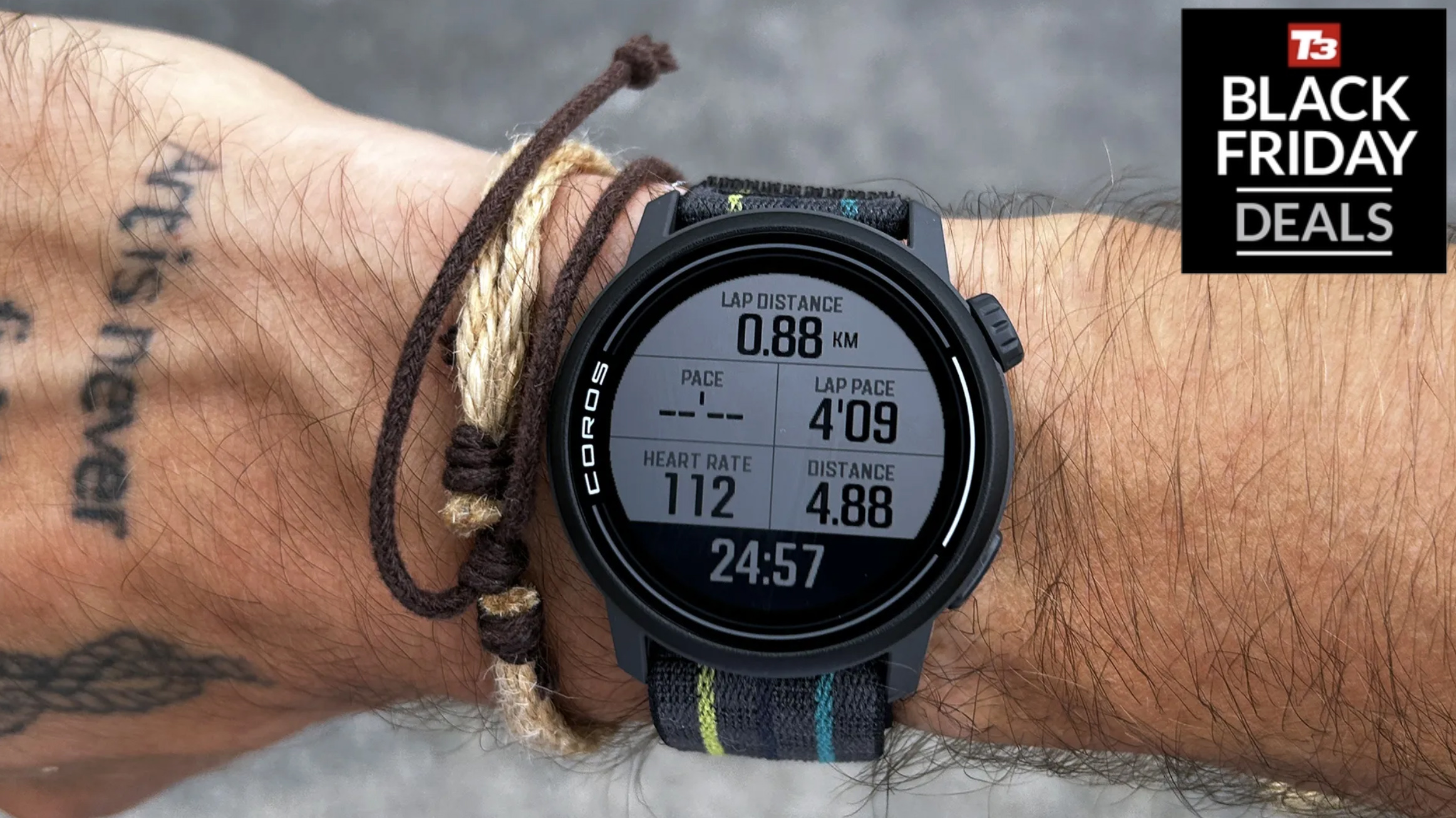
Forget Black Friday – Garmin-rival brand Coros permanently cuts prices on two top running watches
Lightweight Pace 3 and AMOLED Pace Pro drop to a new low price
By Matt Kollat Published
-

The new Saucony Peregrine 16 gets a long-awaited upgrade trail runners have begged for
Saucony’s flagship trail shoe finally gets Vibram Megagrip, plus more cushioning and a tougher upper
By Matt Kollat Published
-

Therabody’s Black Friday sale has landed – but these are the recovery gadgets actually worth buying
I’ve tested lots of Therabody’s products, and my favourites are in the sale
By Bryony Firth-Bernard Published
-

I did 100 lateral tube walks every day – here’s how they improved my running
Don’t sidestep these side steps
By Lucy Miller Published
-

Do you really need waterproof hiking boots?
Here’s what an outdoor expert thinks
By Bryony Firth-Bernard Published
-

Blacks has just dropped a massive Garmin sale – and you can save up to £450
This Black Friday sale is definitely the best for buying a Garmin
By Bryony Firth-Bernard Published
-

Cotswold Outdoor has over 170 Patagonia deals right now – here are an outdoor editor's top picks
Who would've thought you could find so many offers on Patagonia at Cotswold Outdoor?
By Matt Kollat Published
-

Porsche and Norrona quietly dropped the most exclusive ski gear of the season
A performance-first collab brings Porsche design cues to Norrona’s big-mountain staples
By Matt Kollat Published
-

Two dumbbells, a bench and these four exercises to add strength and muscle to your entire body
This workout from a top fitness coach keeps things simple
By Bryony Firth-Bernard Published
-
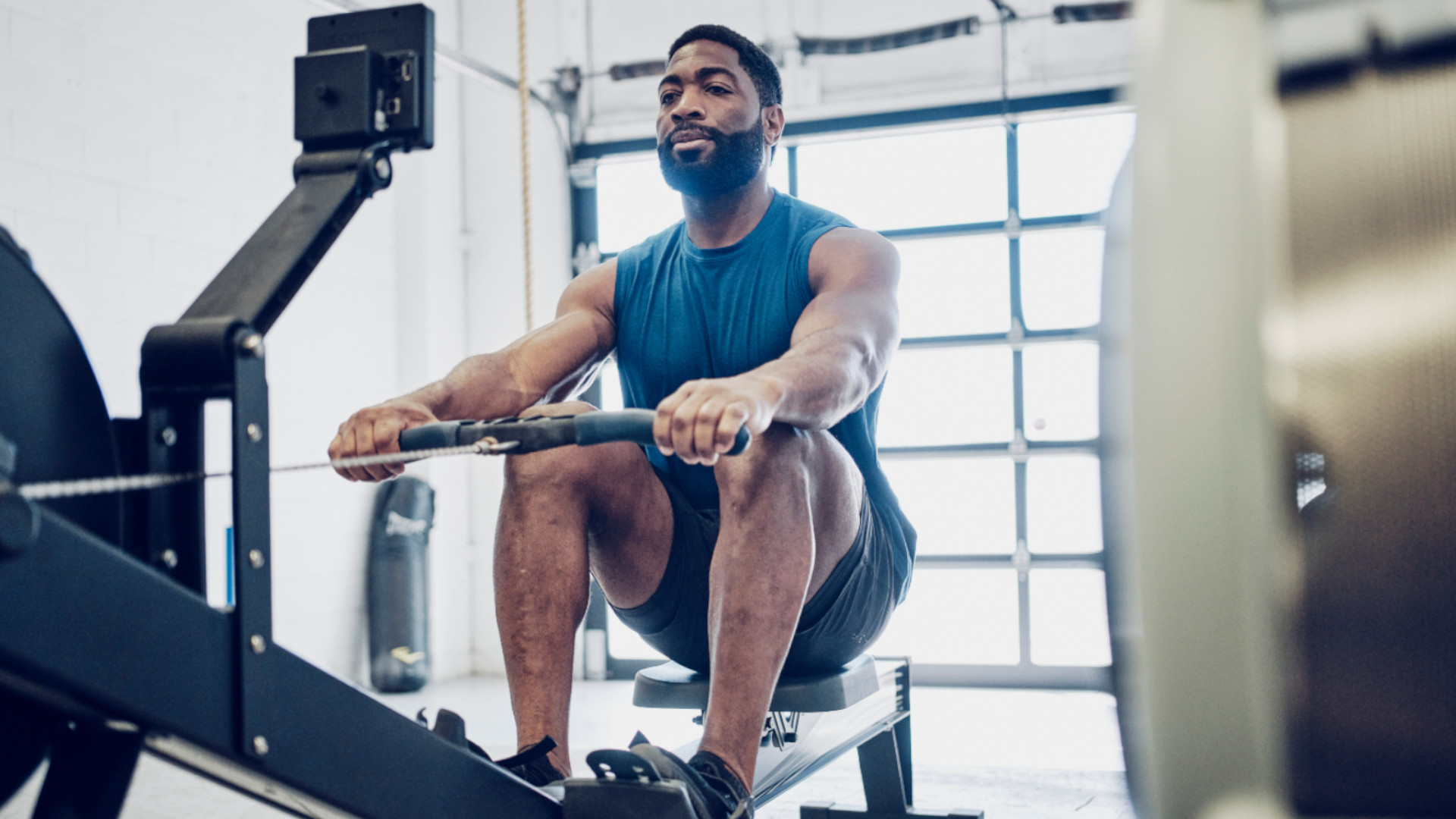
Best rowing machine 2025 for a full-body workout at home
The best rowing machines to buy today, from top brands including NordicTrack, WaterRower, Hydrow and more
By Bryony Firth-Bernard Last updated
-

The best workout shoes 2025 to squat, leap and lift your way to fitness
The best workout shoes provide more support for lifting weights and improved grip for greater HIIT intensity
By Bryony Firth-Bernard Last updated
-

Best camping mat 2025: inflatable and foam sleeping pads ranked
We select the best camping mats for every occasion, from self-inflating pads to cheap and cheerful roll mats
By Matt Kollat Last updated
